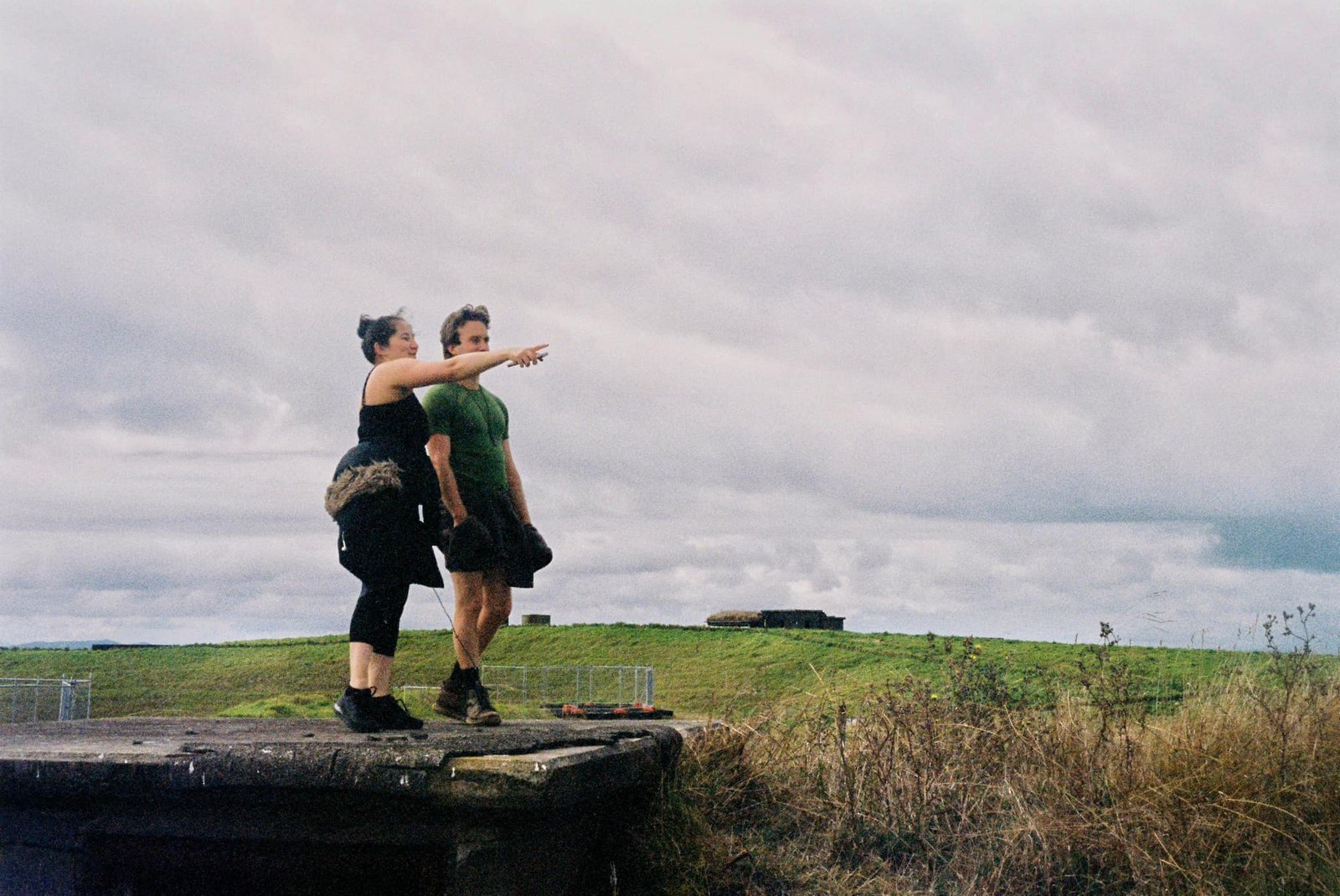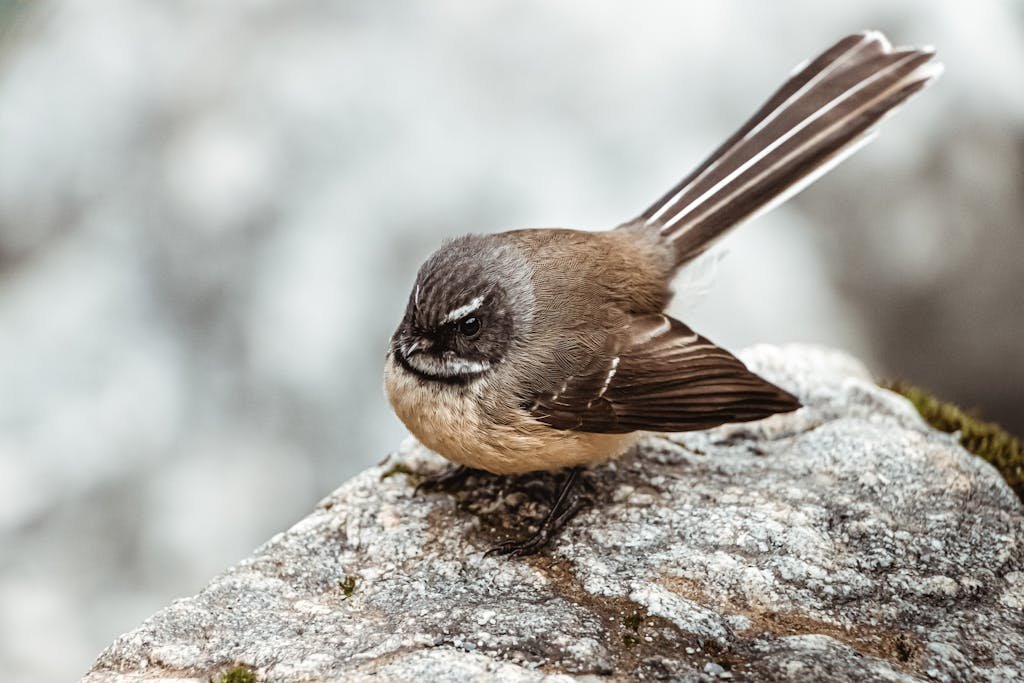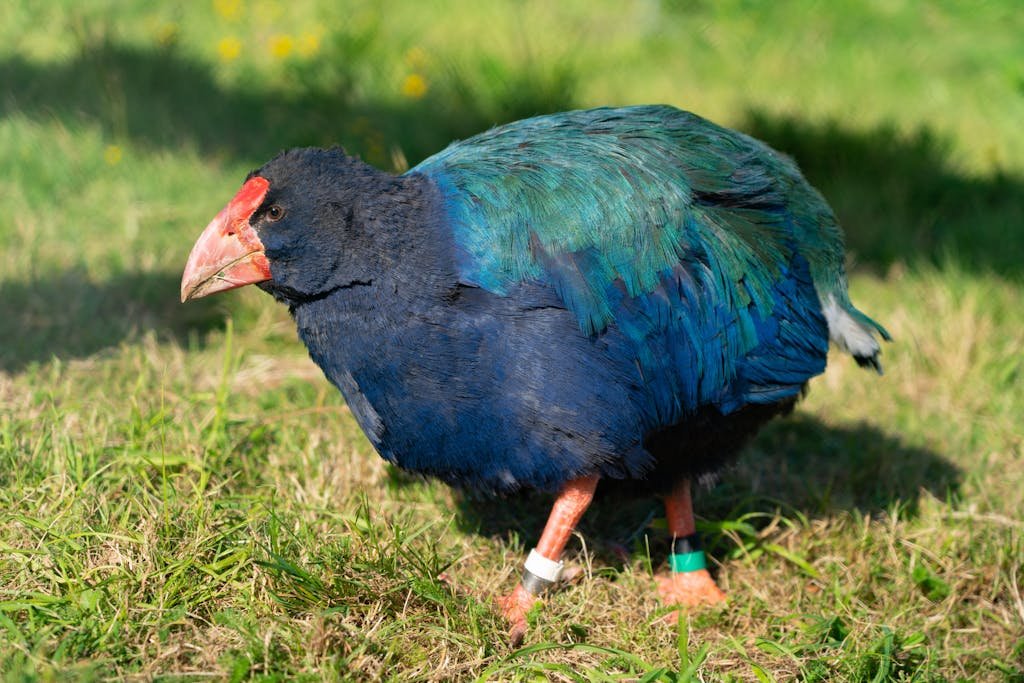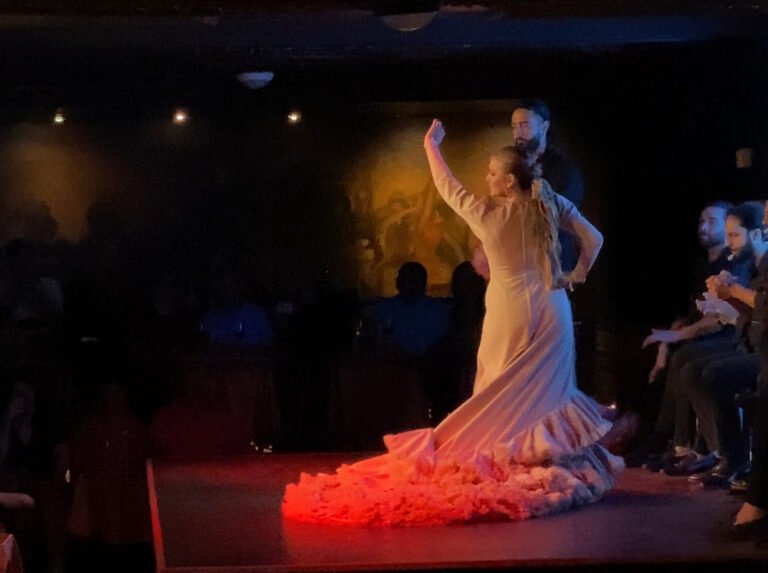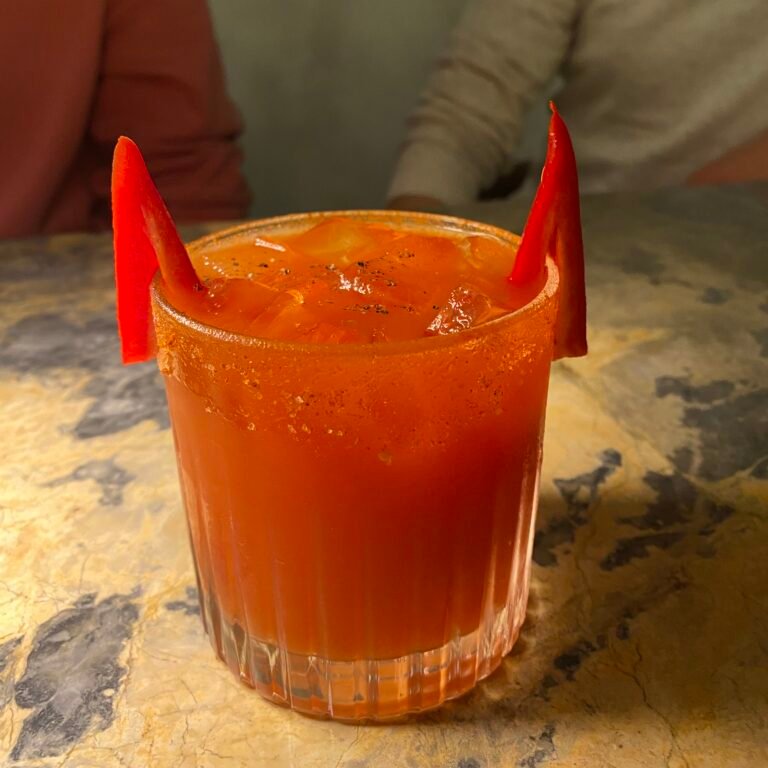My friends and I volunteered for the final DUAL marathon event as course marshals on Motutapu Island, a sanctuary for New Zealand Native Wildlife just a short ferry ride away from Auckland City.
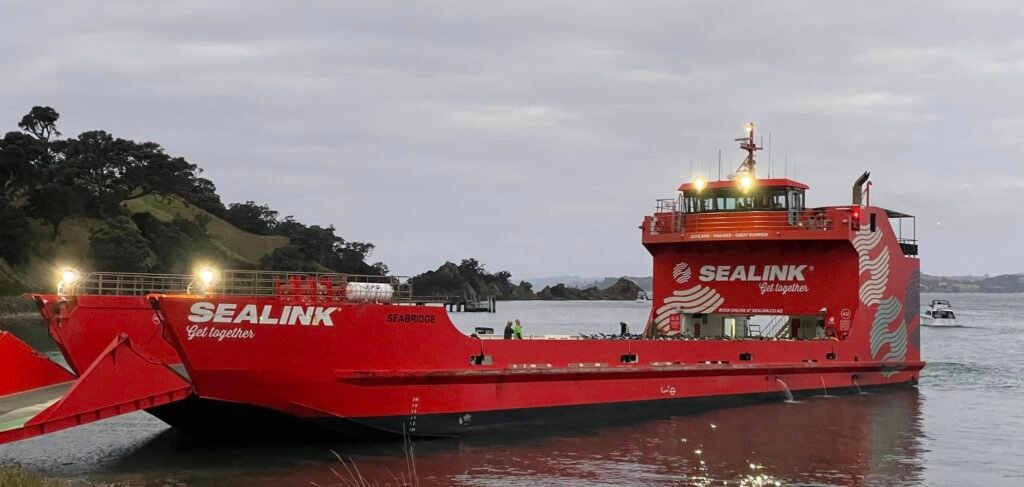
The easiest way to get to Motutapu is via the Fullers360 ferry from downtown Auckland. Adult return tickets are about $58. As volunteers we were provided with the ferry transport. You can buy ferry tickets here.
There are some strict biosecurity measures to adhere to, to help keep the island pest free and safe for the native wildlife.
- Bags and containers (including those for food) should be able to be closed and sealed.
- Check your bags, footwear, clothing, for mice, insects, seeds and soil.
- Spray your shoes when you enter the forest – this will prevent Kauri Dieback. There are spray bottles at entrances to walking tracks. There is also a spray bottle station and brushes at the station before you get on the ferry.
- No dogs allowed.
Camping at Home Bay
We camped overnight at the DOC Campsite in Home Bay. This was also complimentary for us as volunteers but it’s usually $10 per person per night. It’s an unpowered tenting site, so it really is an opportunity to unplug.
The site is right by the beach, close to the Home Bay wharf and the Reid Homestead.
Reid Homestead
Reid Homestead was built in 1901 and has been restored and maintained by the Motutapu Restoration Trust. It is now a Visitor Centre visible as you get off the ferry at Home Bay.
Motutapu Outdoor Education Camp (MOEC)
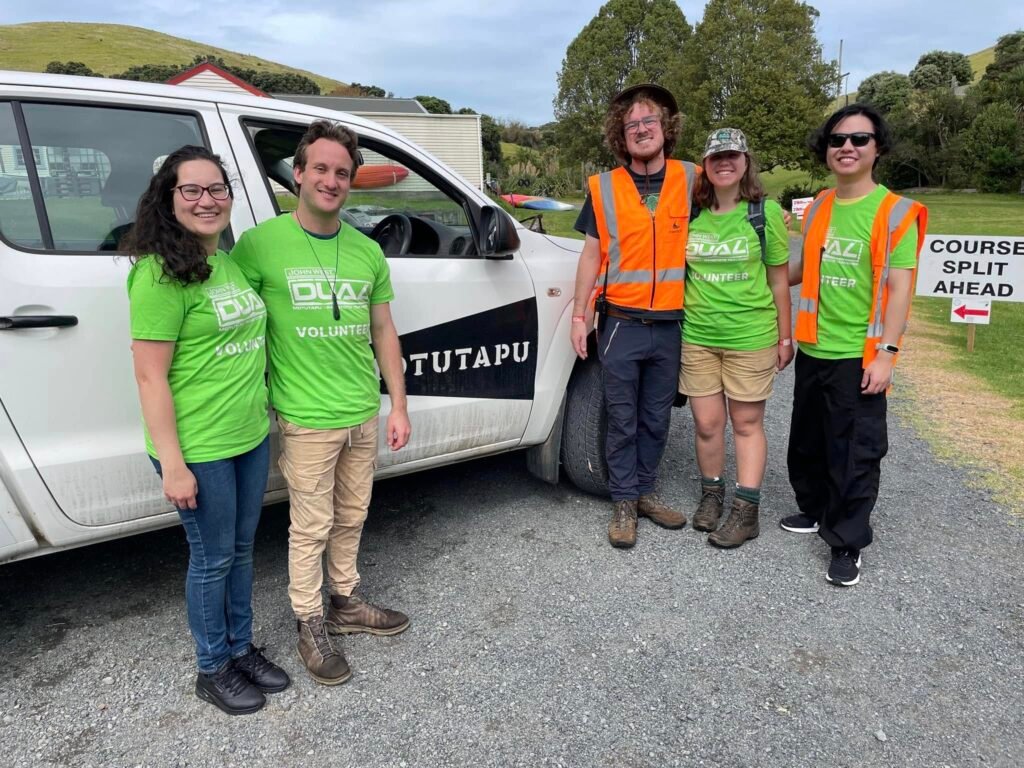
Our course marshal station ended up being by none other than Motutapu Outdoor Education Camp (MOEC). Well known by a lot of New Zealanders for running school camps!
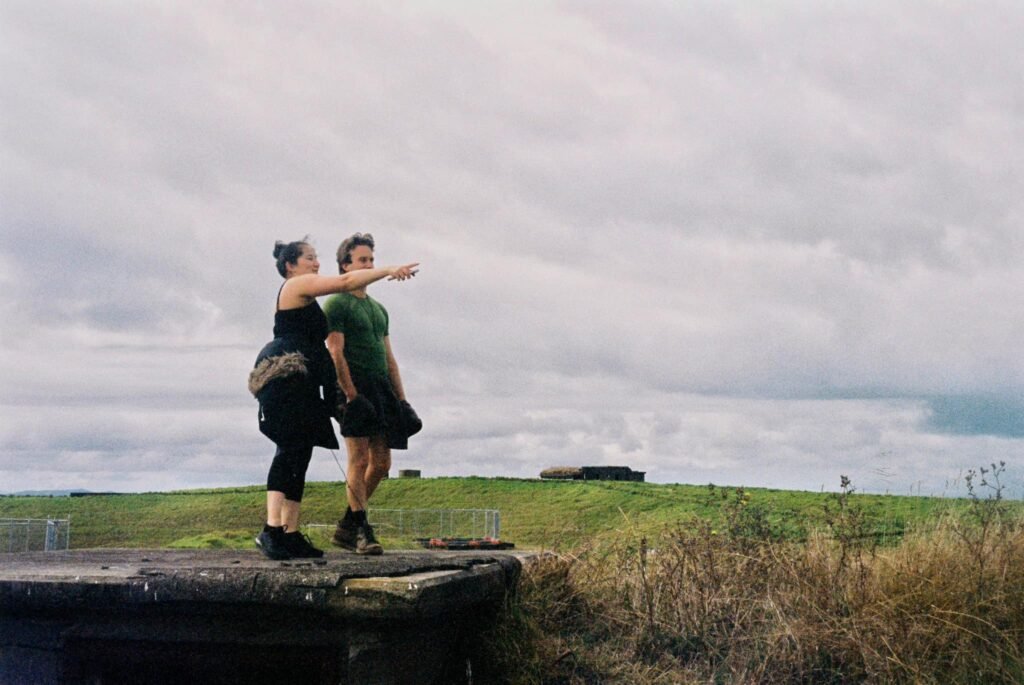
Motutapu Battery
Part of heritage sites, the Motutapu Battery was Auckland’s main coastal defence site during World War II. It has three six inch guns that were placed in 1937 and there are also 16 pill boxes around the island, which you may see while walking around the island.
Native Forest & Birdlife
Motutapu has been declared pest-free since 2012, making it a safe place for native birdlife to flourish. We were lucky enough to see Takahe, Piwakawaka (fantails), Kakariki (red crowned parakeets) & Tieke (saddlebacks) throughout our stay. There are also kiwi on the island!
Interested in Volunteering on Motutapu Island?
You can apply to volunteer with Motutapu Restoration Trust here.
Volunteer work involves contributing to conservation efforts over the course of a day, planting trees, helping remove pest plants and other restoration work. I volunteered during high school and found the work to be extremely rewarding. It’s also a great way to get outdoors in the summer.
